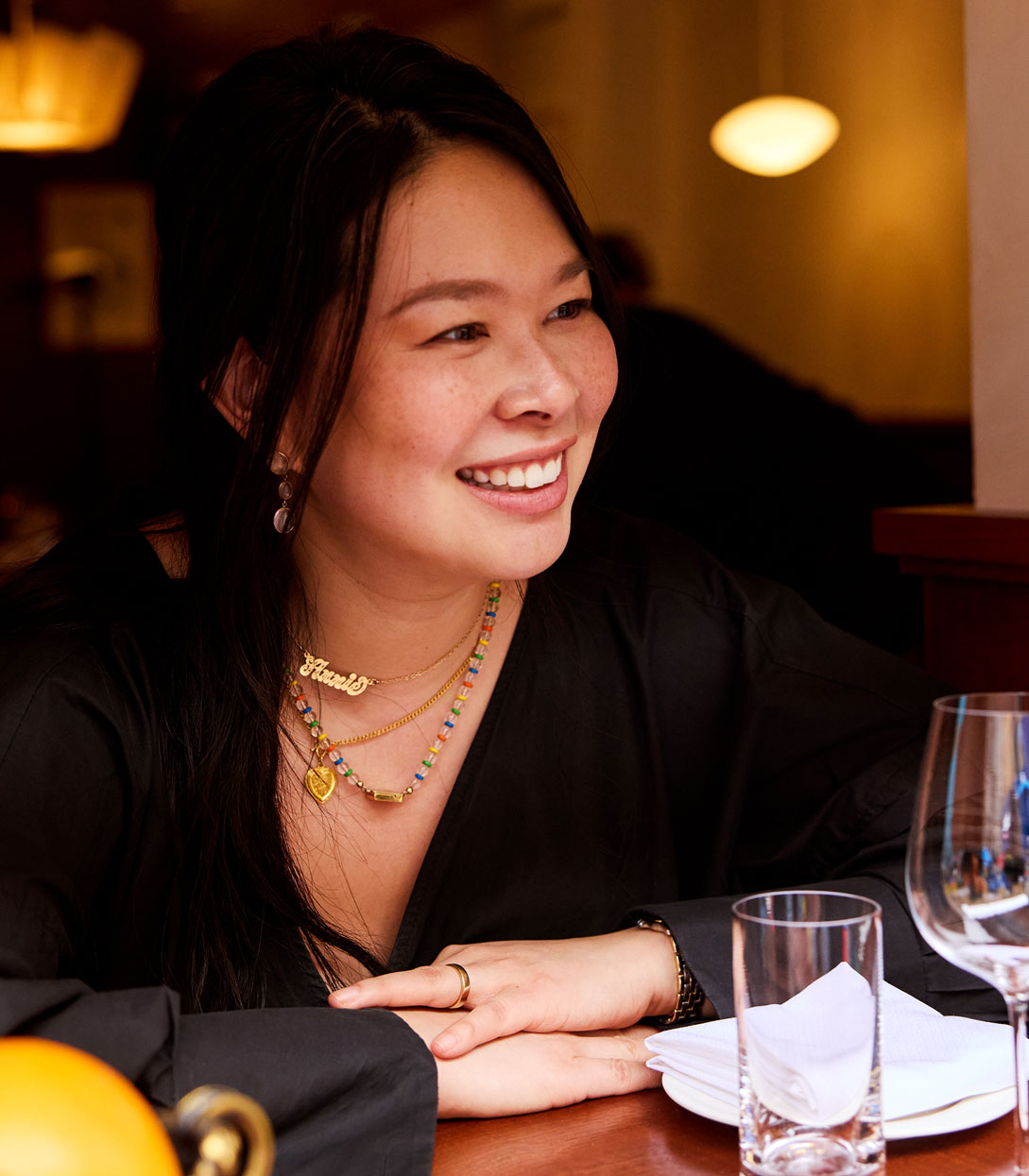Wander into the vine-draped courtyard of the Confrérie Saint-Etienne d'Alsace in Kaysersberg, France and you’ll have no idea of the amazing secrets that lie beneath the 14th-century castle and its stone walls—some 65,000 bottles of Alsatian wines, collected from 1948 to modern day.
“Every wine in our cellar is unique,” says Guillaume Bauer, general manager of Château de la Confrérie Saint-Etienne d'Alsace. “For example, you can find wines from wineries which don't exist anymore, it's the biggest collection of Alsatian wines, and the only place you can taste such wines in Alsace.”
This is a result of the Red Seal of the Confrérie, a type of rewards system created by the Confrérie in 1957 to acknowledge the region’s wines for their quality and their characteristics reflecting traditional grape varieties grown throughout all parts of Alsace. It’s also a guarantee of the wine’s ability to pair with a wide range of cuisine. Every year, the Confrérie hosts two blind tasting sessions when a jury of wine professionals award the “Sigille,” or Red Seal. Twelve bottles of each awarded wine are then entered into the Confrérie’s renowned wine library and only opened for major gastronomic events hosted at the property.
Those in the know seek out Confrérie Saint-Etienne for their regular wine dinners, titled Chapitre Solennel, or Solemn Chapter, that have become a staple event to showcase how Alsatian cuisine can be paired with all types of cuisine. The gala dinners first started in the 1950s and what once took place solemnly, are now hosted six times a year, and headlined by some of the best culinary talent in the world. It’s here where these Sigille-stamped wines are served.

The next dinner is on September 23 deemed Les vendanges dans nos villages, translating from French to “the harvest in our villages,” run by Chef Thomas Limmacher of MICHELIN-Guide restaurant Auberge Baechel-Brunn in Merkwiller-Pechelbronn.
Thomas Limmacher is known for his creative yet refined cuisine with an emphasis on seasonality. On the 23rd when he serves at Confrérie, the Grand Maître will choose the most appropriate wines from the cellar to accompany his unique creations.
After Limmacher, the next dinners include Le vignoble aux couleurs de l'automne, or “the vineyard in autumn colors” on October 21 by Jean-Michel Loessel of Les Semailles de La Wantzenau and November 18 for Les pépites de l'œnothèque se dévoilent, by Julien Binz of One MICHELIN Star Restaurant Julien Binz. The name of the latter translates to “The nuggets of the oenotheque are revealed,” which refers to some of the most prized wines being auctioned off later that afternoon during their annual charity event.
Thomas Limmacher is known for his creative yet refined cuisine with an emphasis on seasonality. On the 23rd when he serves at Confrérie, the Grand Maître has chosen six special wines to accompany his unique creations. These include:
Crémant Bulles de Granit 2019, Domaine Maurice Schoech
Auxerrois 2020, Cave de Cleebourg
Riesling Grand Trio 2020 (a blend of 3 Grands Crus of Ribeauvillé), Bott Frères
Pinot Noir Barrique 2020, Xavier Muller
Pinot Gris cuvée Elise 2020, Materne Haegelin
Pinot Gris Vendange Tardive 2015, Arthur Metz

After Limmacher, the next dinners include Le vignoble aux couleurs de l'automne, or “the vineyard in autumn colors” on October 21 by Jean-Michel Loessel of Les Semailles de La Wantzenau and November 18 for Les pépites de l'œnothèque se dévoilent, by Julien Binz of Restaurant Julien Binz. The name of the latter translates to “The nuggets of the oenotheque are revealed,” which refers to some of the most prized wines being auctioned off later that afternoon during their annual charity event.
While the October and November wine lists won’t be released until 15 days prior to the event, here are seven more things to know about the rare and interesting wines that Confrérie hosts in their cellar, from century-old collections to how they maintain their quality over time—which make the Confrérie well worth a stop on any Alsatian itinerary.

Below, we break down the 5 things to know about Confrérie Saint-Etienne:
1) In order for a wine to be considered for a Sigille, the wines must come from the last to next vintage and already be bottled.
2) In order to receive a Sigille, the wine must get a mark of at least 7 out of 10 in each category, and may even be sent to an outside lab to be authenticated.
3) The wines in the library are re-corked every 30 years by the Confrérie’s young Conseillers.
4) The Confrérie houses a bottle of the oldest wine in the world stored in a cask from 1472.
5) The Mequillet collection that is stored in their wine library contains 250 bottles and was found behind a wall in a wine cellar that was protected during WWII. Vintages range from 1834 to 1937.

Hero image: Château de la Confrérie Saint-Etienne d'Alsace




















